Japan

Harmony, resilience and uniqueness: explore the many sides of Japan sustainably.
From Tokyo skyline to remote rural regions, JAPAN has so much to offer for travelers. The history of this nation made this destination, its culture and traditions so unique. With 70% of its territory covered by mountains and forest, the archipelago offers a diversity of landscapes which makes it perfect for NATURE-BASED TOURISM and ecotourism.
Not sure where to go?
Explore the options for a responsible trip
GOOD PLACES TO VISIT
Discover impact-driven destinations that were awarded or recognized by their efforts
GOOD BUSINESSES
Discover accommodations, restaurants, shops and attractions that are commited to responsible development

Historic and cultural heritage
In addition to the beaches, take the opportunity to visit the Casa de Taipa Museum and the Church of São Miguel do Arcanjo.
PROMO CODE:
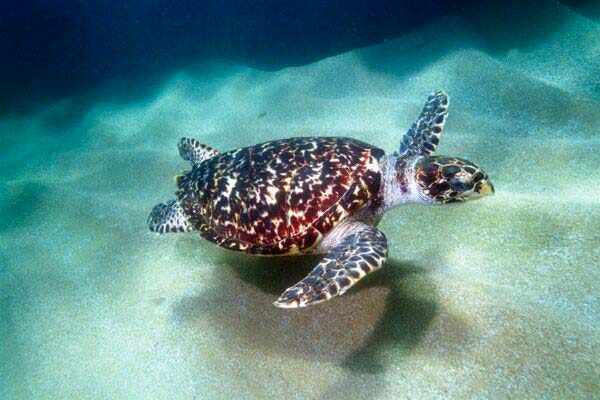
Historic and cultural heritage
In addition to the beaches, take the opportunity to visit the Casa de Taipa Museum and the Church of São Miguel do Arcanjo.
PROMO CODE:
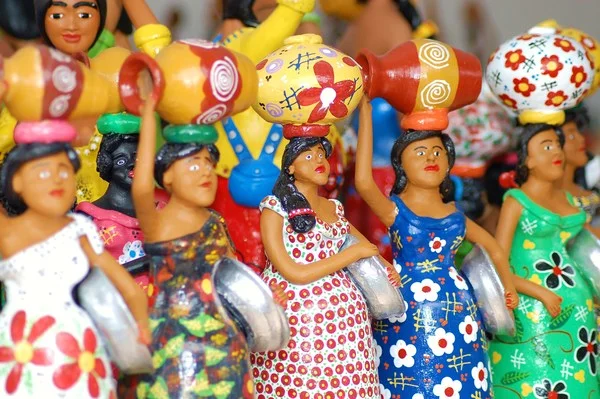
Historic and cultural heritage
In addition to the beaches, take the opportunity to visit the Casa de Taipa Museum and the Church of São Miguel do Arcanjo.
PROMO CODE:
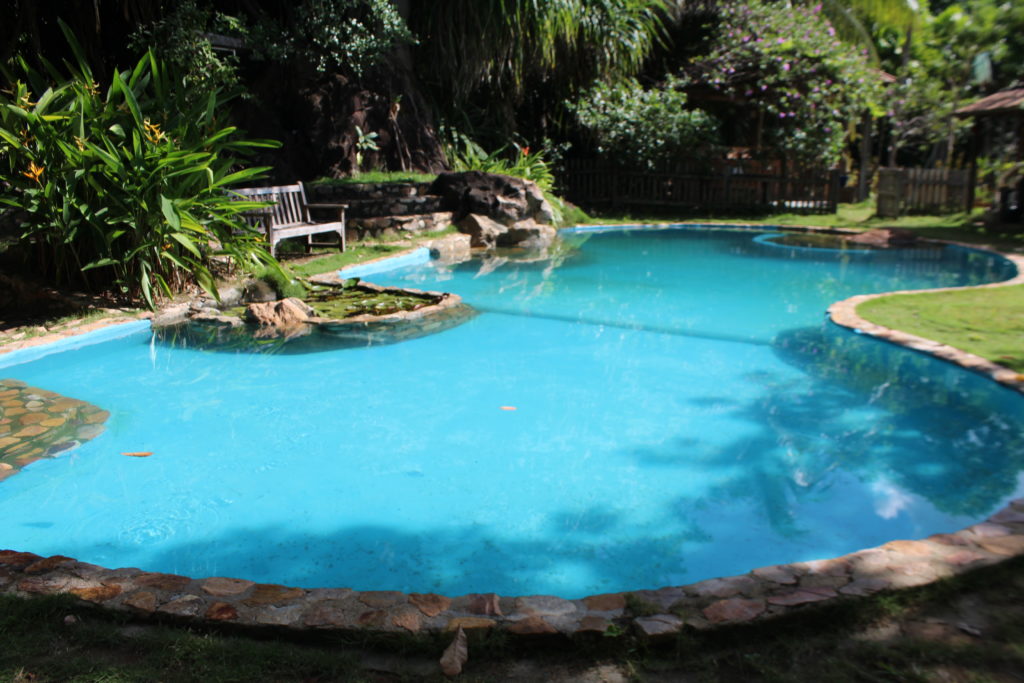
Historic and cultural heritage
In addition to the beaches, take the opportunity to visit the Casa de Taipa Museum and the Church of São Miguel do Arcanjo.
PROMO CODE:
GOOD PRACTICE STORIES

Get inspired with stories from places and people that are acting for a fair and responsible tourism
Chikuma city
Facing the impacts of the Covid-19 pandemic and changes in visitor travel patterns Togura Kamiyamada Onsen, one of Nagano’s leading hot spring towns in Japan was experiencing a decrease in visitor numbers and a closing of traditional Snack Bars which are a significant part of the town’s identity and local community. Hence the “NEO Neon Project” was created to introduce people to the Snack Bar Culture, and preserve the hot spring town and its townscape.
Kamaishi
The city of Kamaishi has been facing a shortage of workers, due to the declining population. There have been only a couple of opportunities for the younger generation, to learn about local industries and attractions, resulting in detachment from their local community. Against this backdrop, Kamaishi City has started providing local students with tourism education to learn about the region’s attractions and the future of the industry. The DMO, which plays a central role in promoting tourism education, has established a network with key persons from various industries in the region. It also has designed and implemented tourism education programs on the theme of local industries and created opportunities for students to consider career development, such as finding employment in their hometowns.
Miyazu City
Marine ecosystems in Miyazu City are threatened by climate change, tourism, plastic waste, and economic decline. To tackle these problems, local governments and community groups work together on sustainable practices like clean-ups, managing invasive species, careful fishing, rebuilding fish habitats, reef projects, boat speed limits, and scientific monitoring. These efforts have helped restore the ecosystem’s balance, protect the unique environment, support the local economy, and teach visitors about sustainability. By working together, they have avoided the negative effects of over-beautification, ensuring the bay and its tributaries stay healthy for the long term.
Tono
In Tono city, local residents had to protect their heritage on their own, due to the lack of government support. Consequently, in 2007, Tono city established the Tono Heritage recognition ordinance. Based on citizen’s application, this system identifies local resources and promotes their protection. This initiative has increased local involvement in cultural and natural preservation activities and led to Tono heritage sites becoming recognized as tourist attractions.
Toge
With the decline in local vibrancy due to introduction of tourism development, Toge is now facing a significant challenge to preserve its unique cultural and historical values. To address this matter, Toge Community Neighborhood Association have conducted research and developed a vision based on the concept of “development rooted in worship and tourism”. By raising awareness, empowering community organizations and enhancing the quality of life, more attention is given to sustainable tourism development building a resilient community and preserve the cultural and traditional heritage for generations to come.
Discover Japan by train :
7 top green destinations in 7 days!
Sustainability
Nature is deeply present in Japanese people’s life and thus ecotourism is a wonderful way of discovering both Japanese culture and landscape. Japan has now its own Sustainable Tourism Standards for Destinations accredited by the GSTC proving the country’s engagement to guide destinations through implementing sustainable tourism. Thanks to their inspiring stories and hardwork, many destinations have been selected by Green Destinations as Top 100 destinations in 2020.
Travel tips from our editors
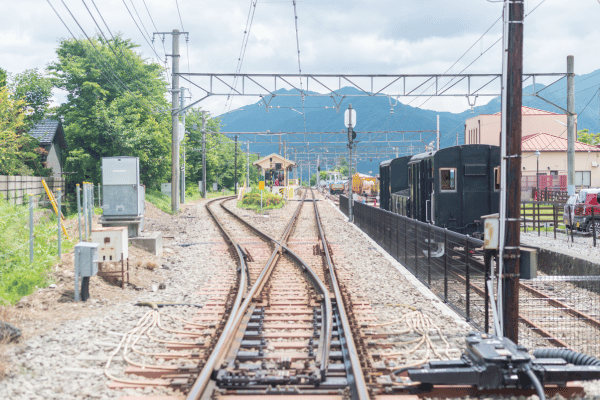
Travel by train
Japan has fantastic trainlines and is renowned for its perfect punctuality and service. Large cities, smaller cities, tourist attractions, you can access so many places while enjoying beautiful sceneries along the way. Don’t forget to book your Japan Rail Pass before going to Japan! It will give you unlimited access to most of the Shinkansen trains, to Japan Railway Lines and some metro lines in Tokyo. Regional passes are also available. The website Hyperdia will be your best friend to organise your journey by train.
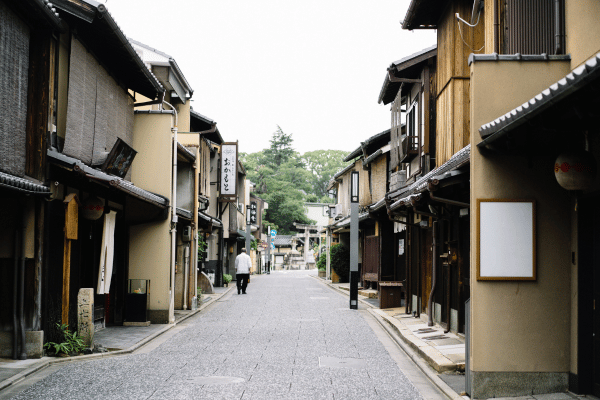
Waste & Recycling
Japanese people and visitors love convenience store, also called conbini. However, the amount of plastic wrappings and bags still represents an important issue in Japan. Don’t hesitate to tell vendors that you don’t need a plastic bag by simply saying: sonomama de kudasai, (meaning “just like that, please” or “no bag, thank you”). And remember to bring your own shopping bag. Many visitors are also surprised of the lack of bins when eating in parks or outside in Japan. Usually, Japanese people bring their own rubbish back home, so please do the same. Do not leave rubbish on site and throw them when possible by respecting waste separation. You can also find bins in front of some convenience store for example.
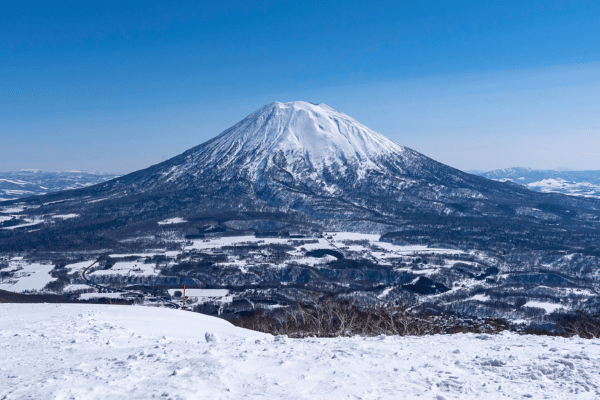
Go North!
As many of the most visited places are situated southern to Tokyo, northern Japan is somehow deserted by foreign visitors. However, if you are looking for long hikes and breathtaking natural scenery, go north! From cherry blossoms viewing in Hirosaki, to hiking along the Michinoku Coastal Path and skiing in the northern island of Hokkaido, many nature-based activities await. A little plus: Niseko Town and Kamaishi, two of our 2020 Top 100 Destinations, are located in northern Japan!

Hop on a bike!
Once in Japan, you will see many locals on a bike. Cycling is a very enjoyable way to visit Japan and renting a bike is easy and quite cheap in the country. So as soon as you are outside of Tokyo, don’t forget this option! Cycling in the Japanese countryside and in cities like Kyoto, is a wonderful experience that will quickly get you from one place to another, will count as your daily work-out session and save the planet.
Tourism & People
Like many destinations, Japan has many hotspots for tourism that can quickly become overcrowded. And the situation usually worsens during peak-season, in Spring and Autumn particularly.
In the recent years, tourists’ misbehavior issues have increased in sacred places, but also in natural scenic places or even simply inside trains, leading to stricter rules in certain touristic areas. Residents are however always very keen and always happy to introduce their customs and traditions to visitors, and Japan stays one of the safest country to visit. Human rights are well respected.
Nature & Wildlife
Japan’s natural beauty and wildlife are captivating. From cherry blossoms in spring to vibrant foliage in autumn, the country boasts stunning scenery year-round. Explore serene gardens, like Kyoto’s Ryoan-ji, and lush forests in Nikko. Japan’s diverse wildlife includes the Japanese macaque, sika deer, and red-crowned cranes. In Shiretoko, you might spot brown bears or killer whales along the coast. The seas are equally remarkable, with coral reefs and marine life around Okinawa. Conservation efforts ensure these natural wonders remain for generations to come, offering a unique blend of ancient traditions and pristine landscapes.
Visit other destinations nearby?
Get in touch
Support
We are a multicultural, creative and dedicated team working to promote sustainable tourism. Join us in our fight against the climate crisis, single-use plastics and over-tourism!
